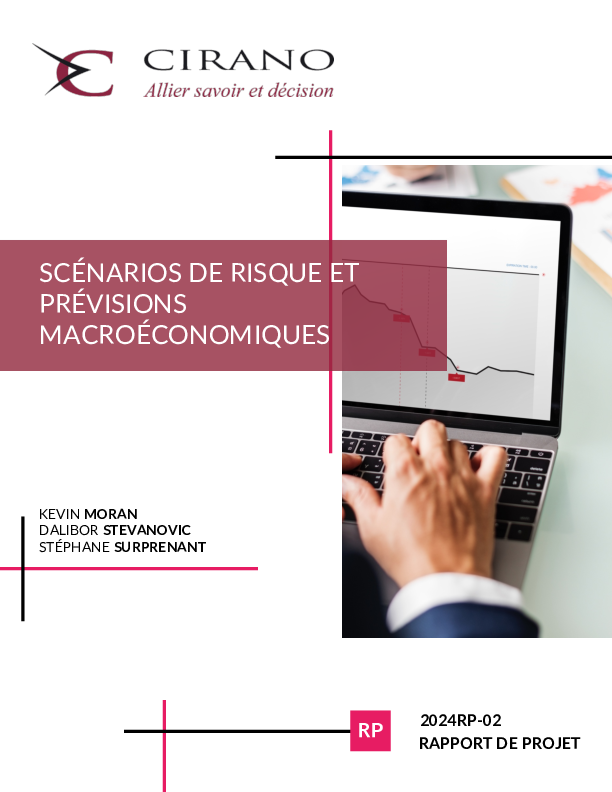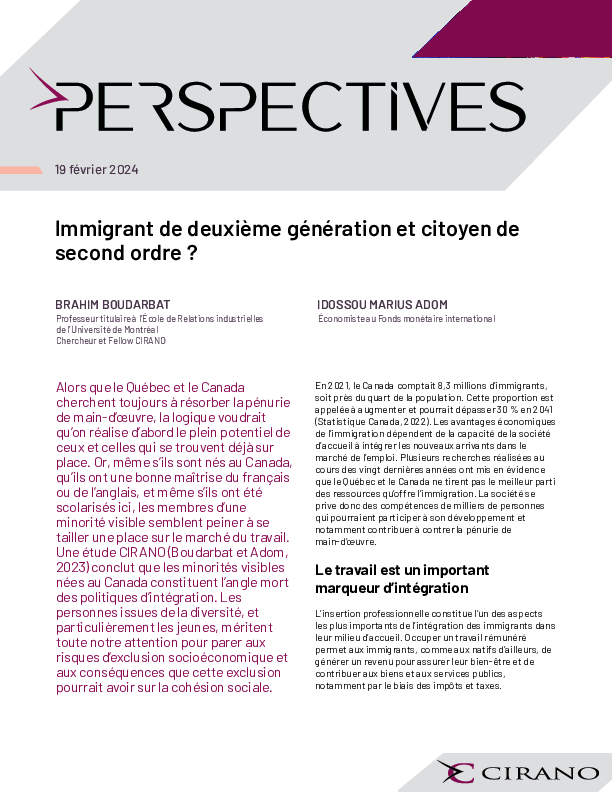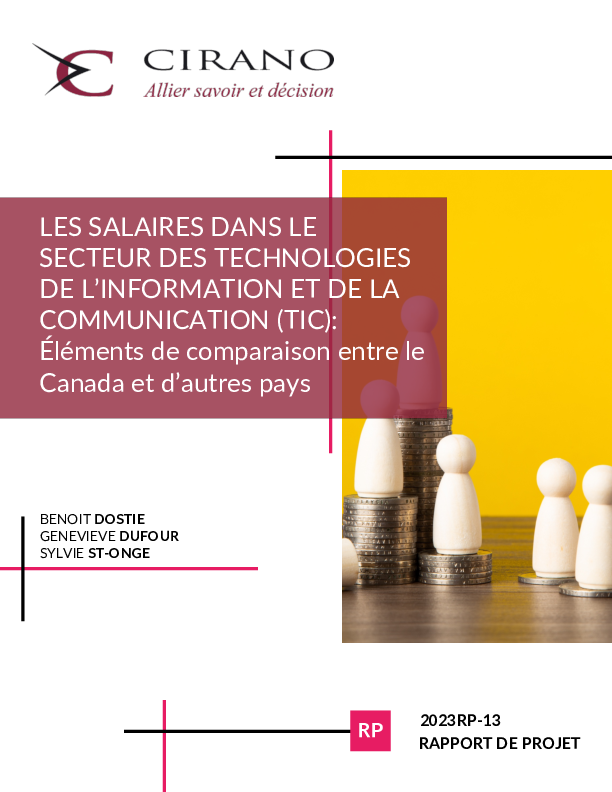The Rate of Risk Aversion May Be Lower Than You Think
This paper estimates the rate of relative risk aversion using Euler equations based on household-level consumption data. These Euler equations are implications of market structures that do not necessarily allow agents to perfectly insure themselves. The paper focuses on tests of the unconditional Euler equation. In representative-agent frameworks, this type of test leads to the most intuitively convincing rejections of asset-pricing models, such as the equity premium puzzle and the riskfree rate puzzle. When measurement error in consumption is ignored, Euler equation errors are not statistically different from zero for values of the rate of relative risk aversion between 1 and 3. When allowing for the presence of measurement error, conservative estimates of the rate of risk aversion for asset market participants indicate a value between 2 and 8. These findings suggest that the rate of risk aversion may be much lower than commonly thought. Consequently, market incompleteness is likely to be part of a resolution of asset pricing puzzles.
[ - ]




